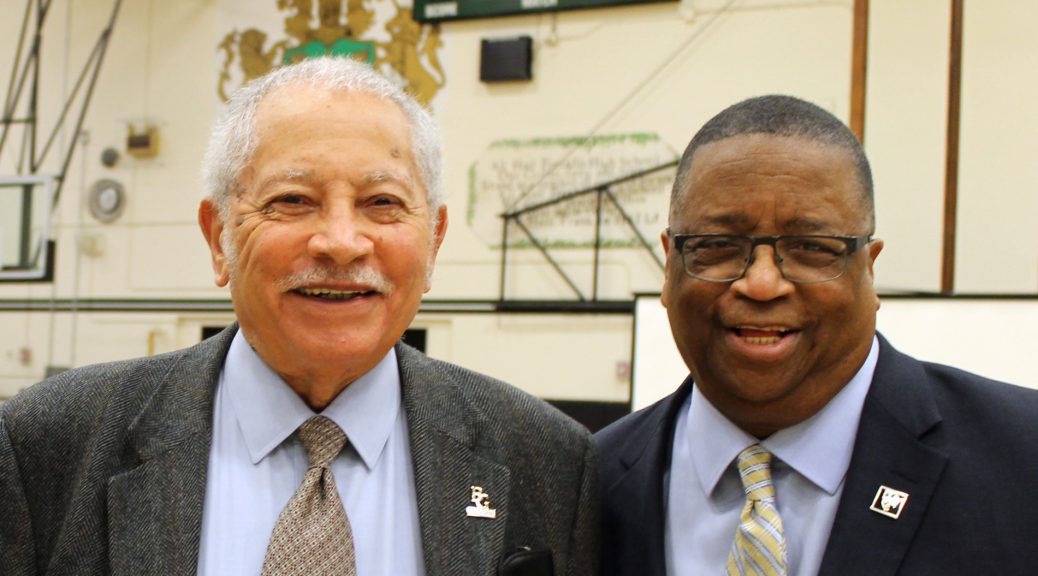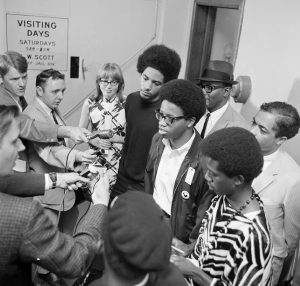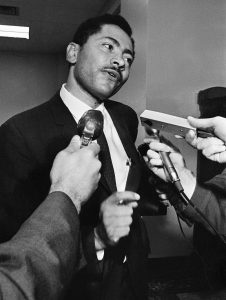
New Capitol exhibit features profiles of civil rights activists Gossett and Howell

Profiles of longtime civil rights activists Larry Gossett and Lem Howell are the latest chapters in Legacy Washington’s new project, “1968: The Year that Rocked Washington.”
The profiles — part of an exhibit that will open Sept. 13 at the State Capitol — are now online at the project’s homepage.
Gossett and Howell took different paths in fighting for civil rights over the last five decades. One thought elections were a bourgeois trap. The other was president of Young Democrats. One believed in black power by any means necessary. The other was devoted to the rule of law.
But both believed that “wait” almost always meant “never,” to paraphrase Martin Luther King Jr. Each has spent the last half-century battling for minorities and marginalized people, showing the breadth of the movement from sit-ins to legal briefs, while winning battles for students, construction works and others.
In 1968, Gossett helped lead a famous sit-in at his alma mater, Seattle’s Franklin High School. Contemporary accounts say two female African-American students were sent home for wearing Afro hairstyles and two African-American students were sent home for supposedly scuffling with a white student in the hallways. Gossett was arrested for unlawful assembly and in jail on April 4th when he heard that King had been assassinated in Memphis.

He would also help create the Black Student Union at the University of Washington and occupied the president’s office that year to pressure UW to recruit more minority students and poor-white students.
Howell, a young lawyer who had worked for the Washington state Attorney General’s Office, opened his private practice in 1968.
Soon he was representing black contractors in King County shut out of government construction jobs. Howell argued that an executive order by President Lyndon B. Johnson called for affirmative action in federal contracts. A federal judge agreed with Howell in a landmark decision.
Gossett became a member of the King County Council, which represents more than 2 million people. He has not faced an opponent in his last four elections. Howell continued fighting in court for minorities facing discrimination and police misconduct.
“You have to have the courage to speak up and do what’s right. And that is what both Lem and Larry have,” says Twyla Carter, a senior staff attorney at the ACLU who calls both her mentors.
Thank you to the sponsors of Legacy Washington’s 1968 Exhibit: Capitol City Press, The McGregor Company, the University of Washington, and the Association of Washington Businesses.



